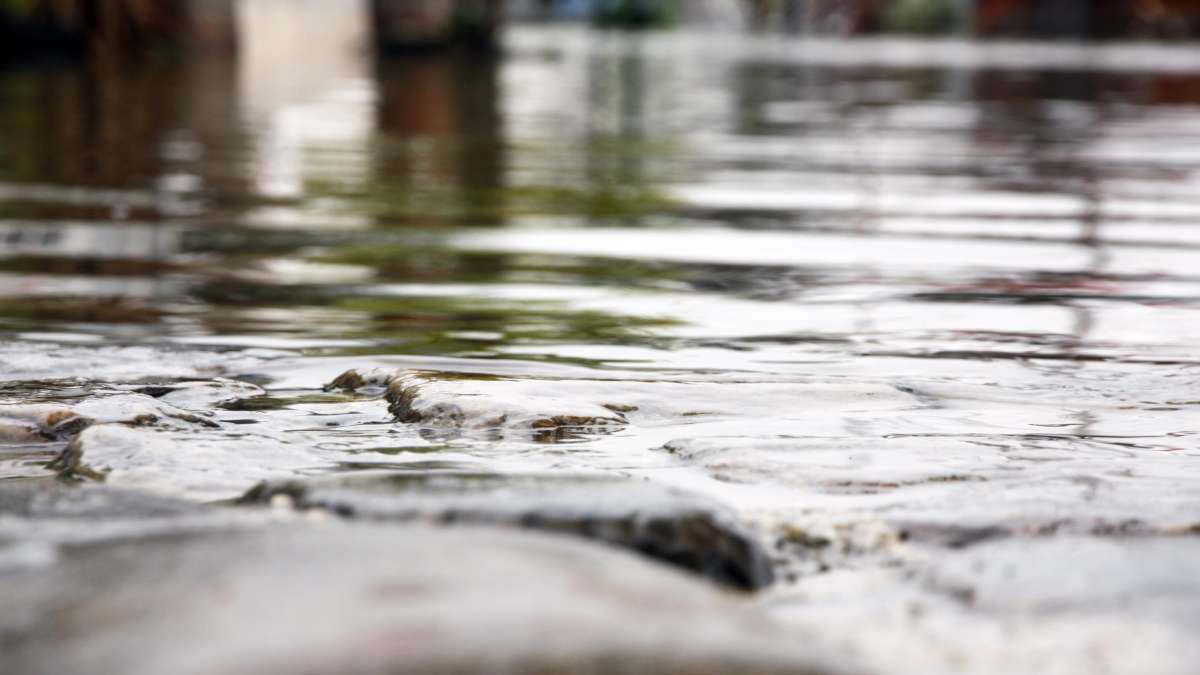
This project, running for two years and backed by the French Ministry of Foreign Affairs, involves Cerema (Mediterranean Regional Division), the University of Paris-Est, the Quebec Ministry of Public Safety, and the University of Montreal.
On 14-18 September 2015, the partners from Quebec made an initial visit to Aix-en-Provence and Paris, and the French partners made the return visit to Quebec on 16-20 November, visiting Quebec City and Saint Reymond.
These trips were an opportunity for the project partners to share their experience in the field of flood risks, as well as to meet local stakeholders and national experts in flood risks in France and Quebec, in an effort to develop a common framework for assessing vulnerability to flooding.
Cerema/Mediterranean Regional Division contact persons: Anne Chanal, Christophe Moulin
* COPARI / COPARI-EVI = COopération franco-québécoise Pour l’Appréciation du Risque d’Inondation et de son atténuation - Projet conjoint pour Evaluer la Vulnérabilité aux Inondations)
For further information:
What was the project's overall aim?
The project revolves around the assessment and reduction of flood risks, and in particular urban vulnerability against the backdrop of climate change. A significant proportion of France and Quebec is exposed to the risk of flooding and the consequences floods bring.
The project will provide calculation and analysis methods to assess and reduce regional vulnerability to flooding, by providing local stakeholders with decision-making tools to measure the vulnerability of different parts of their locality.
What does the project involve other than field trips?
There are deliverables, too.
The first year (2015) was spent setting up procedures for sharing experience in vulnerability assessments, and creating the methodology and developing materials for the training programmes. It will also be spent collecting the data we need.
The second year (2016) was dedicated to applying a methodology that lets us identify tangible and intangible aspects of vulnerability.
Was a report produced at the end of the two years?
Yes, there were annual reports and a final report
Specific results expected:
-
A method for calculating a vulnerability score, tailored to the database of each country, and the same for both partners. The Quebec Ministry of Public Safety will use the results of the project to implement the flood vulnerability assessment and use it to dictate concrete action (GéoRisc portal at the MSP). This information will be made available to different levels of government (ministries, MRC regional groups, local authorities) for use in their own flood risk management. Similar feedback will be given to government bodies in France
-
The vulnerability scoring system that the project created will enable government bodies to identify the areas where risk factors are combined with high levels of vulnerability, so that they can define concrete action to remedy the situation, based on the facts from the field

